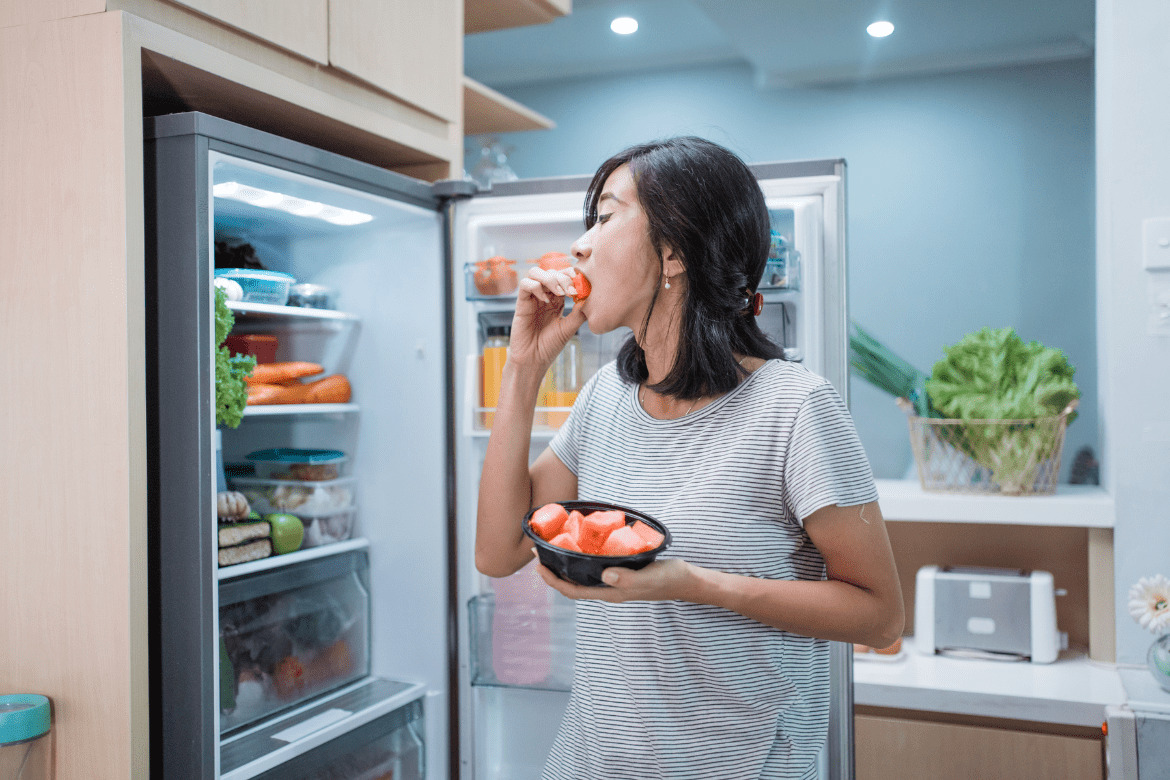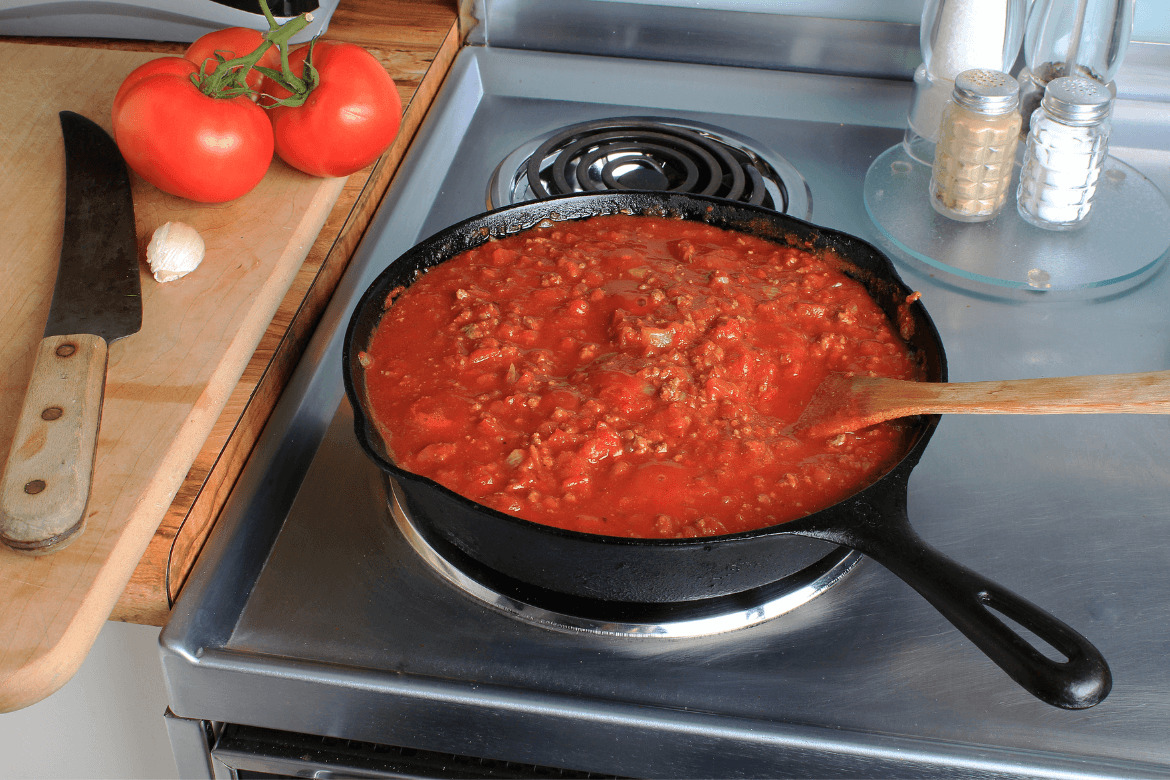As a single home cook on a budget, leftovers are my friends (it’s not all three-course meals and tasting menus for this chef). And like all my friends, I’ve gotta treat them right. My days of just sticking my leftovers in the fridge or freezer and hoping for the best are long gone. Most of the tips you see below were learned the hard way, after several plates of lackluster leftovers. But by following these tips, that vegan spaghetti or jollof rice will taste almost as good on day three as it did on day one.
KITCHEN TOOLS
- Airtight containers or resealable bags
- Plastic wrap or aluminum foil
- Permanent marker or labels
- Refrigerator or freezer

INSTRUCTIONS
Step 1: Cool the leftovers.
- Allow the leftover food to cool down to room temperature before storing it. This helps prevent condensation and moisture buildup in the storage containers, which can lead to food spoilage.
Step 2: Choose appropriate storage containers.
- Select airtight containers or resealable bags that are suitable for storing food. Ensure that they are clean and in good condition to maintain the freshness of the leftovers.
Step 3: Portion the leftovers (optional).
- If you have a large amount of leftovers, consider portioning them into smaller servings. This makes it easier to reheat and use only what you need, reducing waste.
Step 4: Pack the leftovers.
- Place the cooled leftovers into airtight containers or resealable bags. If using containers, leave some headspace to allow for expansion during freezing (if applicable). Make sure the containers are tightly sealed to prevent air and moisture from entering.
Step 5: Label the containers.
- Use a permanent marker or label to write the name of the food and the date it was stored. This helps you keep track of the contents and ensures that you use the oldest leftovers first.
Step 6: Optional: Wrap with plastic wrap or aluminum foil.
- If you’re using containers, you can further protect the leftovers by wrapping the container with plastic wrap or aluminum foil. This provides an extra layer of insulation against air and helps maintain freshness.
Step 7: Store in the refrigerator or freezer.
- Place the sealed containers or bags in the refrigerator or freezer, depending on your desired storage method and the type of food. For short-term storage (around 2-3 days), refrigeration is sufficient. For longer storage (up to a few months), freezing is recommended.
Step 8: Arrange properly in the refrigerator or freezer.
- Ensure that the containers or bags are arranged in a way that allows for proper airflow and prevents cross-contamination. Keep raw meats separate from other foods to avoid any potential foodborne illnesses.
Step 9: Reheat and consume within recommended time frames.
- When you’re ready to enjoy the leftovers, reheat them thoroughly to a safe internal temperature. Refer to specific food safety guidelines for recommended reheating instructions.
- Consume the leftovers within the recommended time frames to ensure quality and safety. Generally, refrigerated leftovers should be consumed within 3-4 days, while frozen leftovers can be stored for several months.

If you enjoyed this article or have suggestions on how we can improve it, please leave us a comment below. Also, make sure to check out other cooking lesson articles I’ve created – here.







